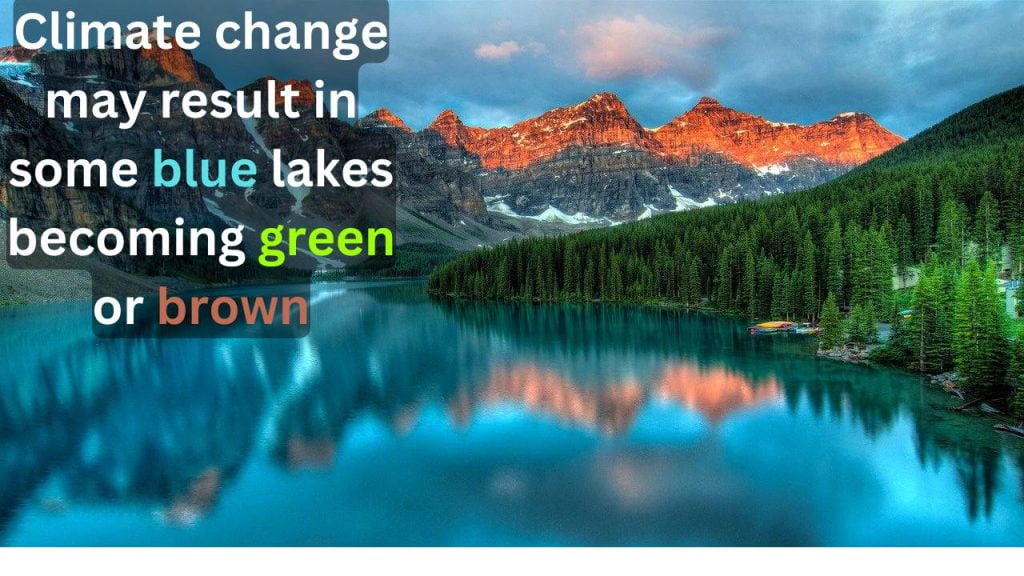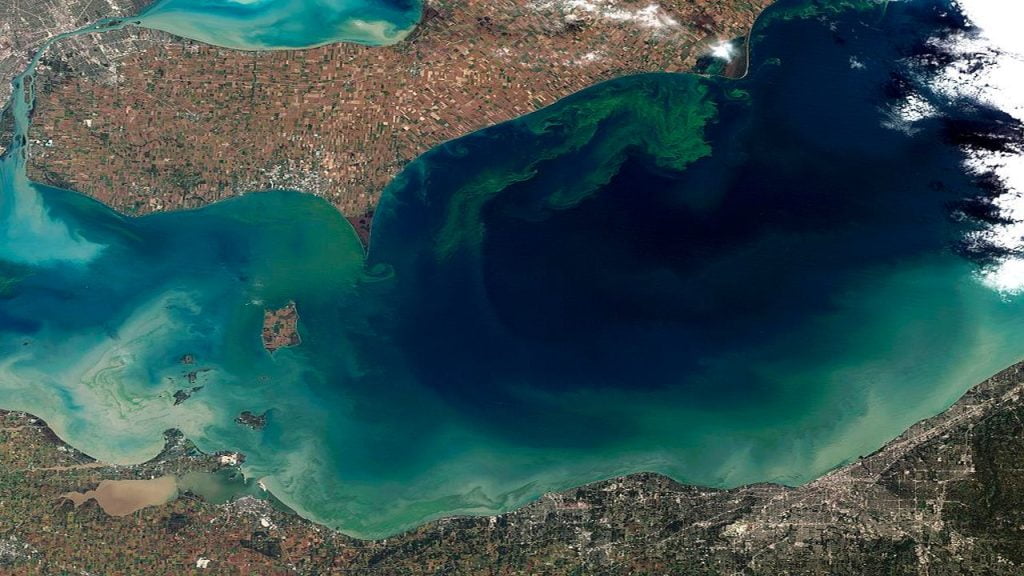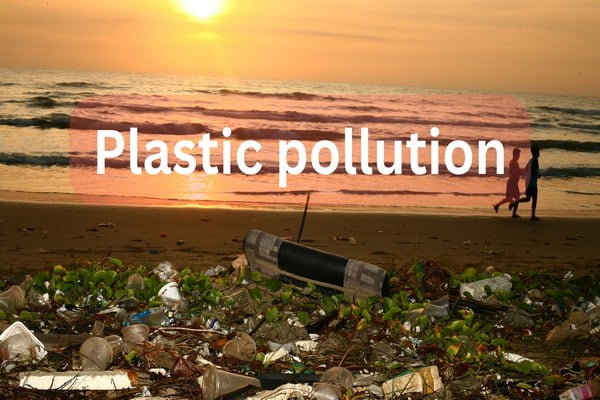There is a possibility that some blue lakes could turn green or brown as a result of climate change.

In the future, some picturesque blue lakes may not be so blue due to the effects of climate change.
About one-third of the world’s lakes are blue, but rising temperatures may change that.
Researchers examined satellite images from 2013 to 2020 to determine the color of more than 85,000 lakes worldwide.The researches focused on the coloration that was seen the most frequently for each lake over the course of the seven-year period because storms and seasons can temporarily alter a lake’s color.
To identify the most prevalent colors in 85,360 lakes and reservoirs, researchers analyzed 5.14 million satellite images between 2013 and 2020.
Researchers estimate that nearly one-third of Earth’s lakes are blue in the first global assessment of lake color. However, the team warns that if the normal summer air temperature were to increase by a few degrees, some of those clear waters might turn a murky green or brown.
Color changes could affect how people utilize the water and reveal information about how stable lake ecosystems are. Lake color is influenced by a variety of elements, including what is in the water, but also by things like water depth and land usage in the area. Green or brown lakes have more organic matter, sediment, and algae than blue lakes, according to Xiao Yang, a hydrologist at Southern Methodist University in Dallas.
Yang says 3,800 lakes could turn green or brown because warm water helps algae bloom, which changes the properties of the water, giving it a green-brown tint.
Algae bloom: what is it?

An algal bloom, also known as an algae bloom, is a sudden rise in the number of algae in freshwater or marine water systems. The pigments in the algae cause the water to turn colored, which is a common way to identify it. Commonly, the term “algal bloom” refers to the fast growth of microscopic unicellular algae rather than macroalgae.
Unaddressed benefits of an algal bloom
The lakes’ health wouldn’t necessarily be affected by the hue changes. Although humans don’t value a lake with a lot of algae, but some fish species might think it’s wonderful, according to another angle of scientific standpoint.
The importance of this study for scientists
The stability of a lake’s ecosystem can be determined from its color, with fluctuating colors signifying change habitats for aquatic life. The new study has the advantage of providing scientists with a baseline for determining how freshwater resources on Earth are being impacted by climate change. Lakes could benefit from ongoing monitoring to help researchers spot any changes.







